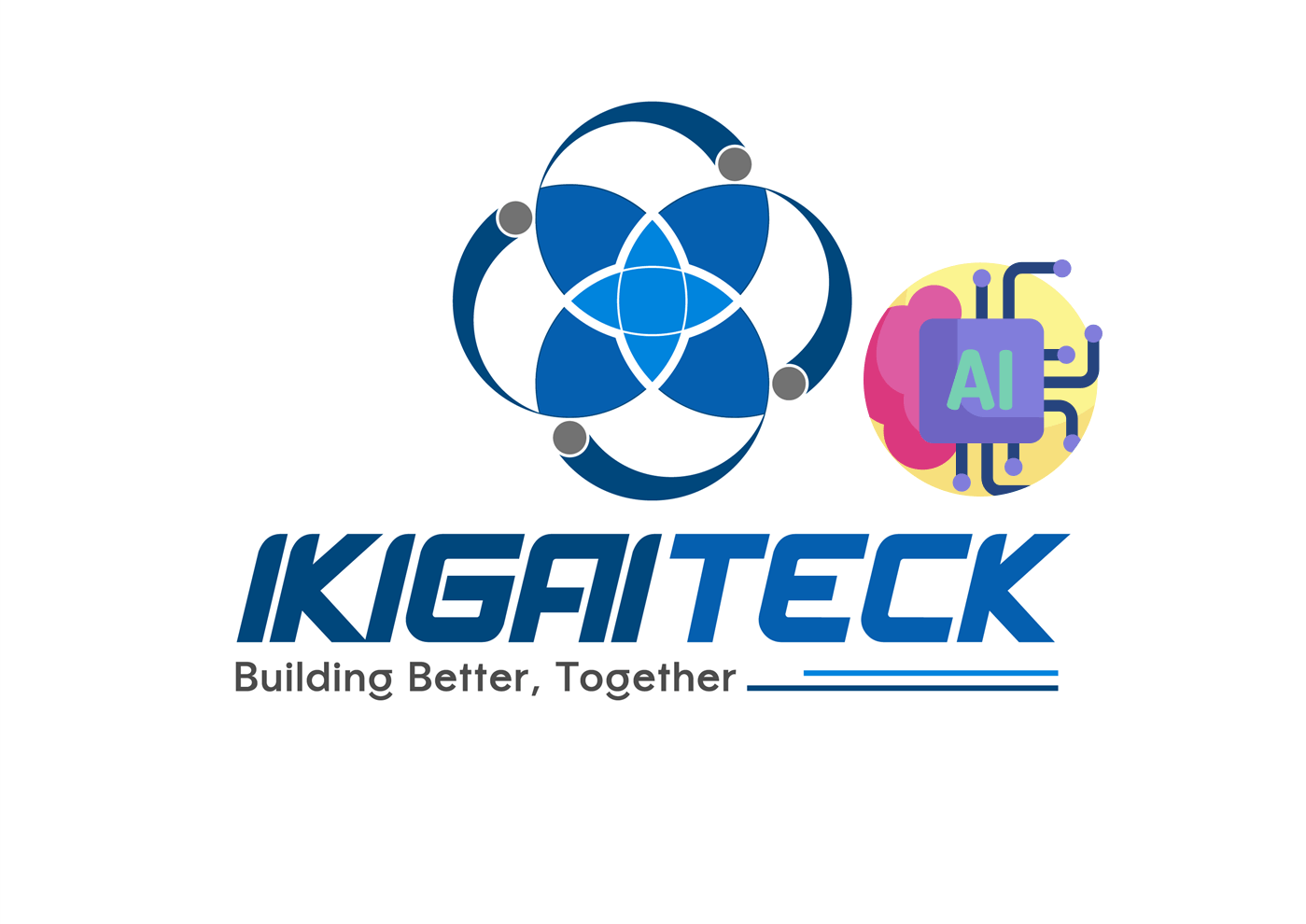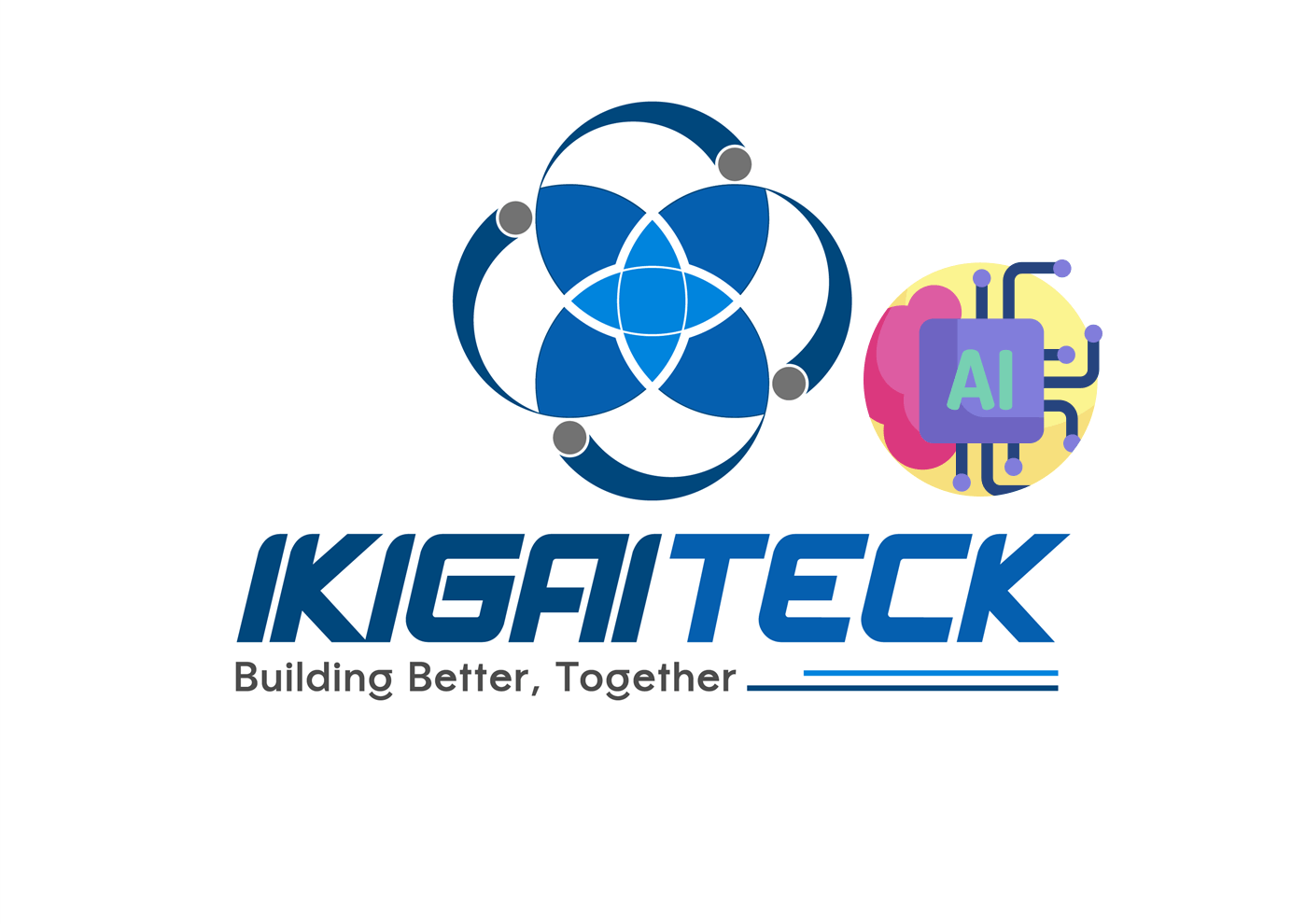AI Automation Tools 2025: How to Automate Your Workflow with AI – From No-Code to Pro Tools
What Is AI Workflow Automation? Benefits & 2025 Trends
Everyday work is filled with repetitive tasks: entering data, generating reports, or copying information between apps. Doing it manually wastes time and increases errors. That’s where AI workflow automation tools step in.

These platforms let you connect apps, automate repetitive processes, and even use AI to handle tasks requiring “understanding” such as classifying content, extracting information from emails, or suggesting next steps.
The main benefits are clear: save time, reduce errors, and keep workflows consistent. In 2025, the shift goes further — from simple automations to intelligent workflows powered by AI that can support both individuals and large organizations.
How to Choose the Right AI Automation Tools in 2025
There isn’t a single “best” tool, only the tool that fits your context.
If you’re working solo or in a small team, start with no-code automation tools, easy to learn and quick to deploy.
If you’re in a mid-size or enterprise environment, consider enterprise-grade automation platforms with AI and RPA (Robotic Process Automation).
Key criteria to consider:
Complexity of your workflows.
Integration with existing apps and systems.
Scalability as your needs grow.
Pricing and subscription model.
Data security and control.
Open-Source Workflow Automation Tools
n8n
n8n stands out for its flexibility and control. As an open-source platform, you can self-host, customize, and keep data within your environment. With 350+ integrations, it suits developers and teams who value privacy and want to build advanced workflows without vendor lock-in.

👉 n8n: The Open Workflow Automation Platform That’s Powerful, Flexible, and Truly Yours
Otio.ai
Otio combines project management, notes, and automation in one place. It’s designed for small teams who want both productivity and automation without spreading data across multiple apps.

👉 Otio AI – The AI Platform for Research, Education, and Content Creation
No-Code Automation Platforms for Agile Teams
Make (formerly Integromat)
Make is known for its visual interface, letting you drag and drop steps to create workflows. Popular among startups and small businesses, it supports marketing, CRM, and reporting automation with advanced logic — no coding required.

👉 Make.com in 2025: Smarter Automation for Most Businesses, Without Code
Zapier
Zapier is one of the most widely used no-code automation platforms. Supporting over 6,000 apps and thousands of pre-built templates, it’s beginner-friendly but powerful enough for business users. Its main drawback is cost, especially for multi-step workflows.

Gumloop
A rising platform, Gumloop integrates AI directly into workflows. Beyond connecting apps, you can add AI steps like text analysis or content generation. This makes workflows smarter instead of just static chains of actions.
AI Assistants for Business Automation
Sintra AI
Sintra AI is tailored for small businesses, offering a digital assistant that manages tasks, reminders, reports, and simple automations. Think of it as a virtual secretary for SMEs.

👉 Sintra AI – The All-in-One AI Assistant Suite for Business and Personal
Lindy.ai
Lindy lets you build AI agents without coding. Instead of just “trigger-action” rules, you can create agents specialized in handling tasks like sorting emails, replying to customers, or transforming content formats.
Relevance AI
Relevance AI combines workflow automation with AI agents, making it a versatile solution for research, analytics, and customer support. It’s flexible enough to handle multiple scenarios in one platform.
Enterprise-Grade AI Automation & RPA Tools
Microsoft Power Automate
As part of the Microsoft 365 ecosystem, Power Automate helps you automate everything from simple notifications in Teams to complex workflows involving SharePoint and Dynamics. It also includes RPA capabilities, replacing manual clicks on legacy systems.
UiPath
UiPath is a leader in RPA, excelling at handling unstructured data like invoices, forms, and OCR (optical character recognition). Large enterprises in finance and manufacturing use UiPath to cut labor costs and speed up manual-heavy processes.
Workato
Workato is more than an automation tool — it’s an iPaaS (Integration Platform as a Service). Known for its security and ability to handle complex logic, it’s ideal for enterprises needing robust integration between multiple systems.
Quick Comparison of Top AI Automation Tools
| Tool | Category | Strengths | Best For |
|---|---|---|---|
| n8n | Open-source | Full control, self-hosting | Developers, data-sensitive teams |
| Make | No-code | Visual workflows, advanced logic | Startups, SMBs |
| Zapier | No-code | Huge app ecosystem, easy to use | Individuals, agile teams |
| Gumloop | No-code + AI | AI-enhanced workflows | Creators, lean teams |
| Sintra AI | Assistant | Digital secretary for SMEs | Small businesses |
| Lindy.ai | Assistant | Build AI agents quickly | Teams needing specialized agents |
| Relevance AI | Assistant | Agent + workflow builder | Business teams |
| Power Automate | Enterprise | Deep Microsoft 365 integration | Microsoft-centric orgs |
| UiPath | RPA | OCR, form processing | Large enterprises |
| Workato | iPaaS | Secure, complex integrations | Enterprise-scale systems |
Challenges & Risks of AI Workflow Automation
Over-automation: too many workflows can become harder to manage.
Costs: subscription fees scale with task volume and run counts.
Security: sending sensitive data through SaaS tools requires careful review.
Learning curve: advanced platforms like UiPath or Workato require technical expertise.
Future Trends in AI Automation
AI agents replacing linear automation, capable of decision-making.
Multi-modal AI handling text, voice, and images in the same workflow.
Native automation embedded directly into apps like Google, Microsoft, and Notion.
Low-code + AI: enabling non-developers to build even complex workflows.
Conclusion: Building the Right AI Automation Stack
You don’t need every tool on the list. What matters is picking the right solution for your biggest bottleneck. Individuals and agile teams can start with no-code platforms like Make or Zapier. As your organization grows, you may move to Power Automate, UiPath, or Workato for enterprise-grade needs.
AI automation isn’t just about saving time. It’s about transforming the way you and your team work. Step by step, you’ll notice the difference — fewer manual errors, smoother processes, and workflows that truly support growth.
More about AI Automation articles 👉 Automate repetitive tasks, connect your apps, and streamline workflows with powerful no-code AI platforms
(Some links on our site may be affiliate, meaning we may earn a small commission at no extra cost to you.)
Subscribe now !
Be the first to explore smart tech ideas, AI trends, and practical tools – all sent straight to your inbox from IkigaiTeck Hub
IkigaiTeck.io is an independent tech publication sharing practical insights on AI, automation, and digital tools.


